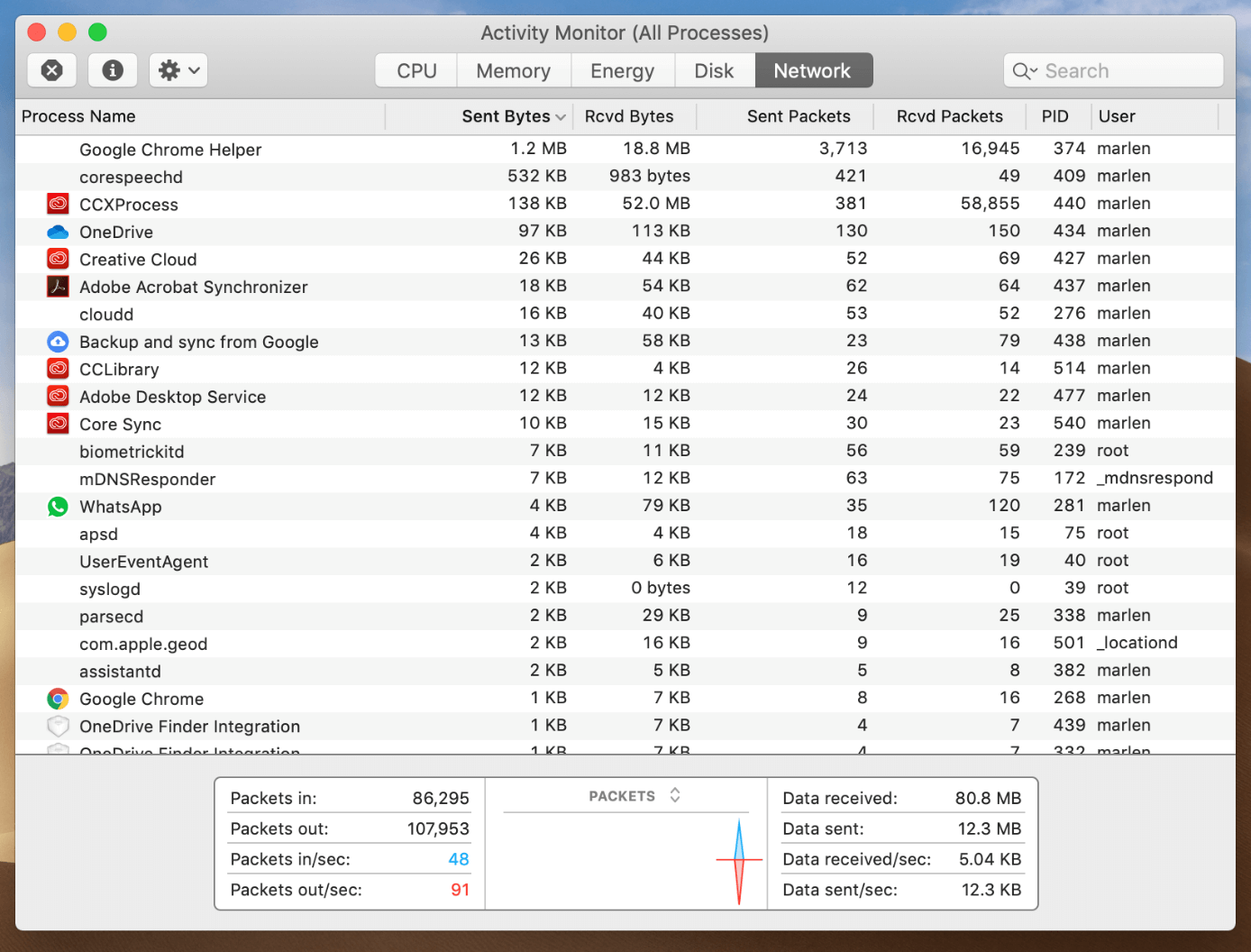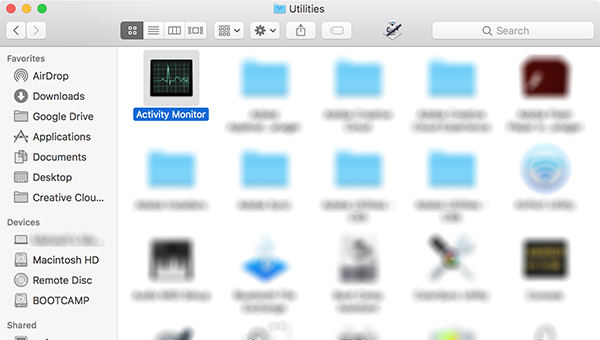

Click Yes to continue and you’ll now have a Task Manager shortcut waiting for you on your desktop, and you can then manually place it anywhere on your PC. This will bring up the following screen, called the Mac Task Manager: In this image, all applications are running normally, and none are frozen.
#How to bring up mac task manager windows#
Windows will warn you that it can’t create the shortcut in the protected System32 folder, and will instead offer to create the shortcut on your desktop. The Mac equivalent keyboard shortcut is: command + option + escape. In any version of Windows, you can right-click on Taskmgr.exe and choose Create Shortcut. In Windows 10, you can right-click on Taskmgr.exe and choose to pin it to either your taskbar or Start Menu.
#How to bring up mac task manager mac os#
Navigate to that folder in File Explorer and locate Taskmgr.exe. Task Manager, which goes by the name of Activity Monitor on Mac OS X, is an application that allows you to view and monitor all active processes running on your computer.

To do this, you’ll first need to locate the original Task Manager executable, which is located in C:WindowsSystem32. Just mash those keys on your keyboard at any time to directly launch the Task Manager, with the default view set to the “Processes Tab.” Create a Task Manager Shortcut in the Taskbar or Start Menuįor those who prefer a mouse- or touch-friendly icon, you can create a direct Task Manager application shortcut in your taskbar or Start Menu. The Task Manager keyboard shortcut in all recent versions of Windows is Control-Shift-Escape. Thankfully, another keyboard shortcut exists which still launches Task Manager directly, even in Windows 10. On the right side of the Chrome window, select the three-dot menu. Heres another way to reduce Chromes use of your Macs memory: Open Chrome on your Mac. Select End Process at the bottom right of the window. Bigglesworth prefers keyboard shortcuts (Shutterstock) Select a Chrome process youd like to kill. For example, you could select “My Processes,” to see only a list of processes associated with your user account.Mr.

Click the tab corresponding to the section you’d like to visit.Īt any time while listing processes, you can select a process from the list, and click the “Stop” button (which looks like an octagon with an “x” inside it) to force it to quit, or click the “Inspect” button (an “i” in a circle) to see more information about the process.Īnd if you’re overwhelmed by the number of processes listed, you can narrow them down using the “View” menu up in the menu bar. In Metro or Desktop interface, swipe to left from the right side of the screen, click on the Search option and start typing Task Manager. Using the five tabs across the top of the window, you can visit displays that show information on running processes sorted by CPU usage (“CPU”), memory usage (“Memory”), energy usage (“Energy”), disk usage (“Disk”), and network usage (“Network”). A pop-up menu will appear with a Task Manager option on it. Once the “Activity Monitor” window opens, you will see a list of all the processes running on your Mac, similar to this: When the “Spotlight Search” bar appears, type “activity monitor,” and hit “Return.” Or you can click the “Activity Monitor.app” icon in the Spotlight results. To open “Spotlight,” click the small “magnifying glass” icon in your menu bar (or press Command+Space). One of the fastest ways to open Activity Monitor is by using Spotlight.


 0 kommentar(er)
0 kommentar(er)
